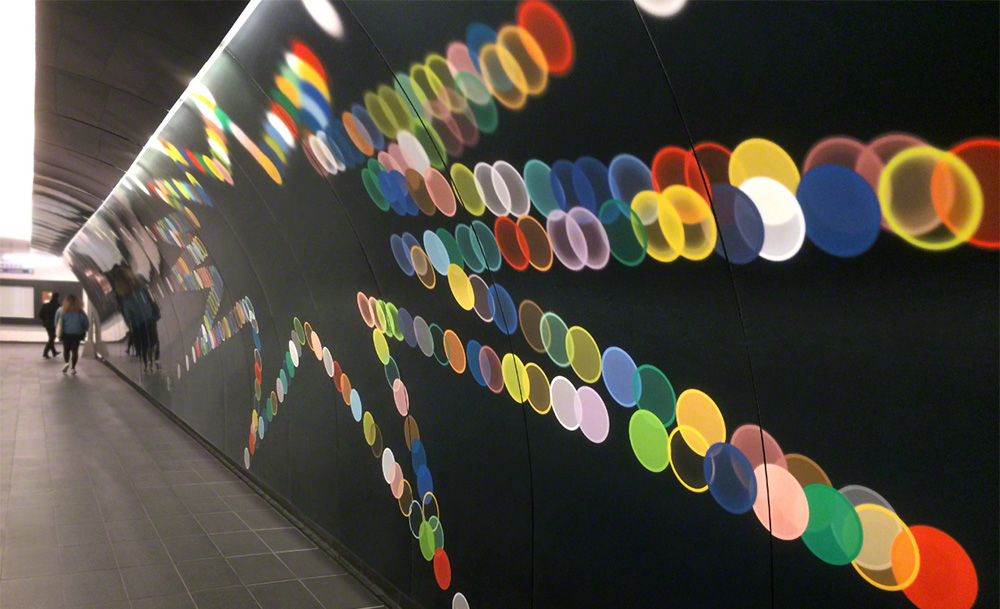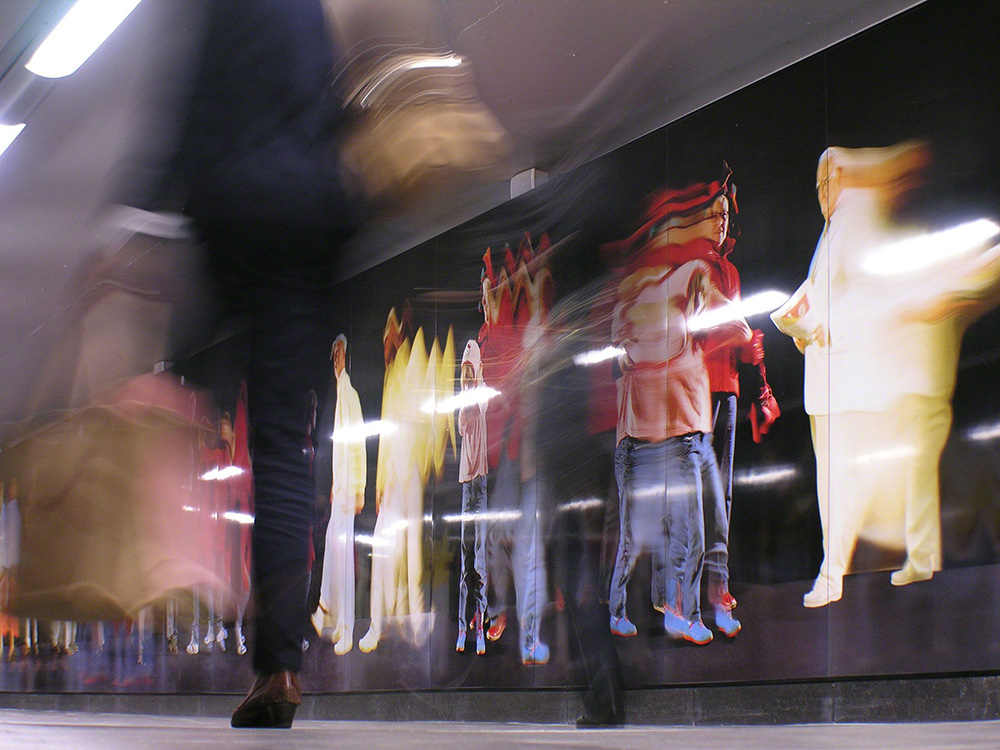
ArcelorMittal Europe – Flat Products

ArcelorMittal Europe – Flat Products

Even curved walls such as those found in tunnels and underground walkways can be clad in a3 CeramicSteel

Formed in 1954, PolyVision produces a range of CeramicSteel surfaces which are used as architectural panels and writing surfaces including whiteboards and chalkboards. The company operates production centres in both Belgium and the US. In 2001, PolyVision became a part of Steelcase.

a3 CeramicSteel has been developed by PolyVision over the past 50 years. The vitreous enamel is applied to the exterior of enamelling steel to create a ceramic surface which is impenetrable to light, pollution, moisture, or dirt. Except for cleaning, no regular maintenance is required as Kevin Buchanan, director of product lifecycle management for PolyVision, explains: “The panels can be cleaned with almost any chemical as often as required. Paint, varnish, and markers can be removed with solvents and the surface is scratch resistant.”
The use of cold rolled enamelling steel ensures the a3 CeramicSteel panels have consistent thickness, width, and flatness, and the proper microstructure to bond with vitreous enamels. The thickness of the enamel varies from around 100 to 250 microns, depending on the application.

Thanks to their hard-wearing surface, a3 CeramicSteel is ideal for high-traffic areas such as subway tunnels
The panels are usually fixed to a wall or facade using a metal framed cladding system. This makes them easy to install in any location as Kevin Buchanan explains: “a3 CeramicSteel is typically used in the most demanding environments as it a durable surface which can withstand pollution, graffiti, and direct sunlight. The most common locations are vehicle or pedestrian tunnels, train stations, airports, hospitals, public spaces, and corporate meeting rooms.”
a3 CeramicSteel is guaranteed not to fade, corrode, or crack for 20 years. “It is very popular with graphic designers and architects who are looking to enhance public spaces with artworks and decoration that will remain durable for decades,” notes Kevin Buchanan. “Enhancing public spaces with a3 CeramicSteel allows designers to create a special connection with people in a way that dull, sterile environments do not.”
The panels are suitable for almost any location
For more information about a3 CeramicSteel
For more information on our enamelled steel